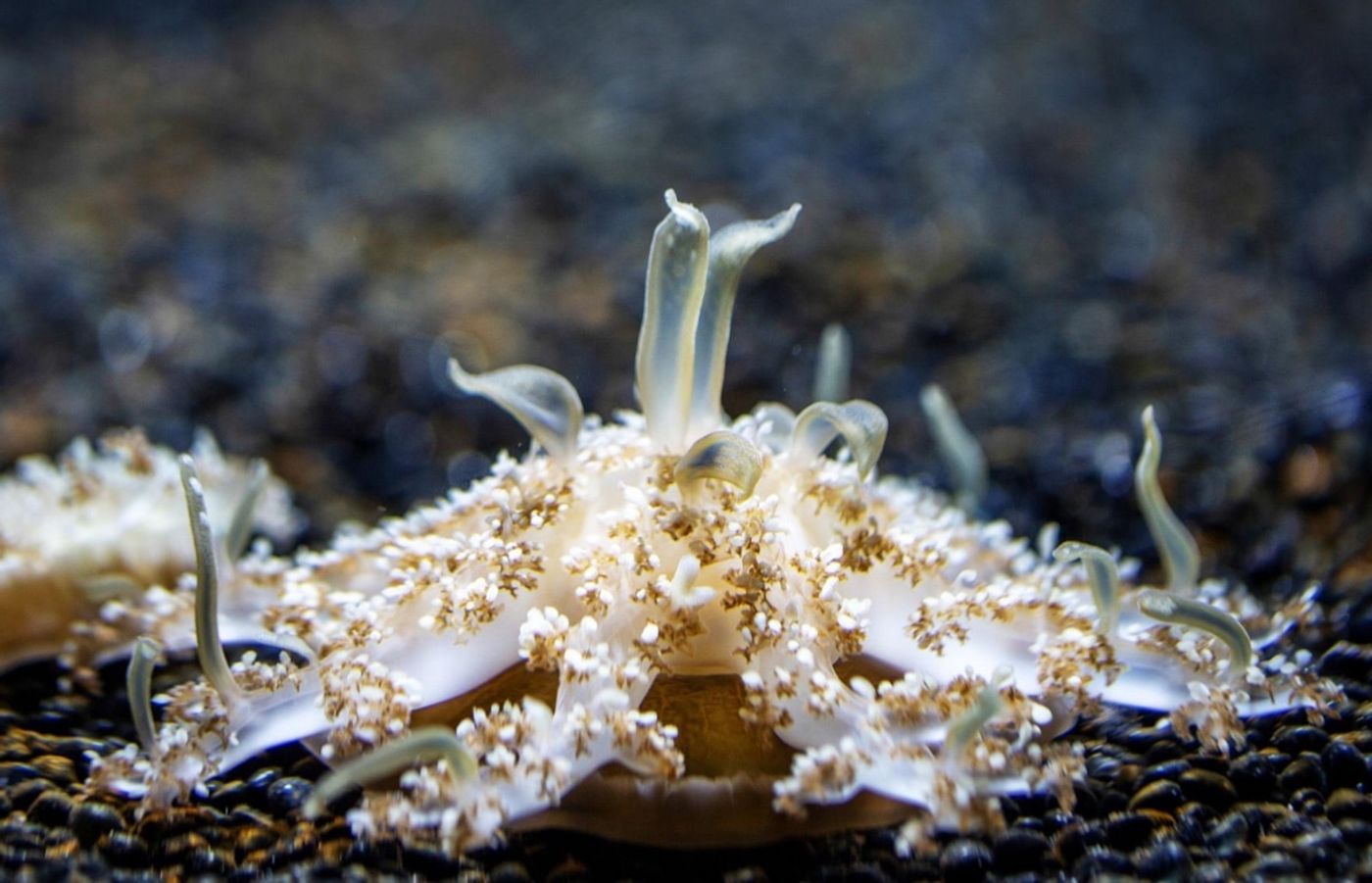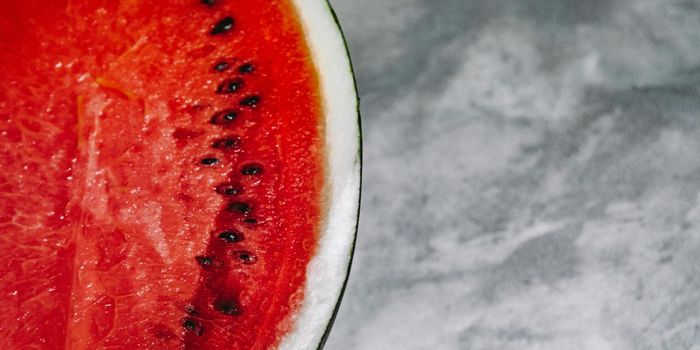These Jellyfish Deliver Stings Without Touching You
Most people are accustomed to thinking that if you avoid a jellyfish’s tentacles while swimming in the ocean, then you won’t be stung. For the longest time, most scientists would have agreed with you; but new research published just this past Thursday in the journal Communications Biology submits the notion that some jellyfish can deliver a sting from afar.
Image Credit: Cheryl Ames
While the ocean’s most iconic jellyfish sport long and intimidating tentacles that keep threats at bay, not all jellyfish have them. In fact, there’s a particular variety of jellyfish that, unlike most, appears to sit upside-down (or belly-up) on the ocean’s floor. Instead of stinging passerby with its lacking tentacles, this jellyfish utilizes an alternative means of self-defense.
Related: CRISPR helps with creation of antidote to deadly box jellyfish sting
In what could only be described as the bio-equivalent of a sea mine, these jellyfish deposit venomous mucus bubbles into the water around them that sting any unfortunate organism that happens to bump into one. Perhaps unsurprisingly, a microscopic analysis of the mucus bubbles revealed the same stinging mechanisms that would be present in a normal jellyfish’s tentacles, including the stinging cells.
The victim of such stings could be a potential predator, but it can also be the jellyfish’s prey. For example, while these jellyfish feast on algae on the seafloor, they also enjoy brine shrimp that are often stung by their mucus. Below is a video showing what happens to a brine shrimp following prolonged contact with a venomous mucus bubble. While a quick touch doesn’t seem to faze the shrimp, a prolonged touch does:
Related: Do jellyfish sleep?
It remains to be seen if the upside-down jellyfish can actively sense nearby prey and predators and deposit the venomous mucus bubbles in their surroundings based on detections or if the behavior is purely random. That aside, the discovery that the upside-down jellyfish use this means of stinging other creatures is a notable discovery in and of itself.
The findings would certainly explain why so many snorkelers have reported unusual stinging sensations even while avoiding physical contact with the upside-down jellyfish. In fact, many have described the stings as appearing to originate from the water itself. The findings appear to explain what was happening, and it’s now clear that those snorkelers were being bombarded with these venomous mucus bubbles as they swam.
Perhaps future research could reveal more about why and when the jellyfish spread these venomous mucus bubbles in the water around them. For now, it’s something that snorkelers may want to steer clear of.









